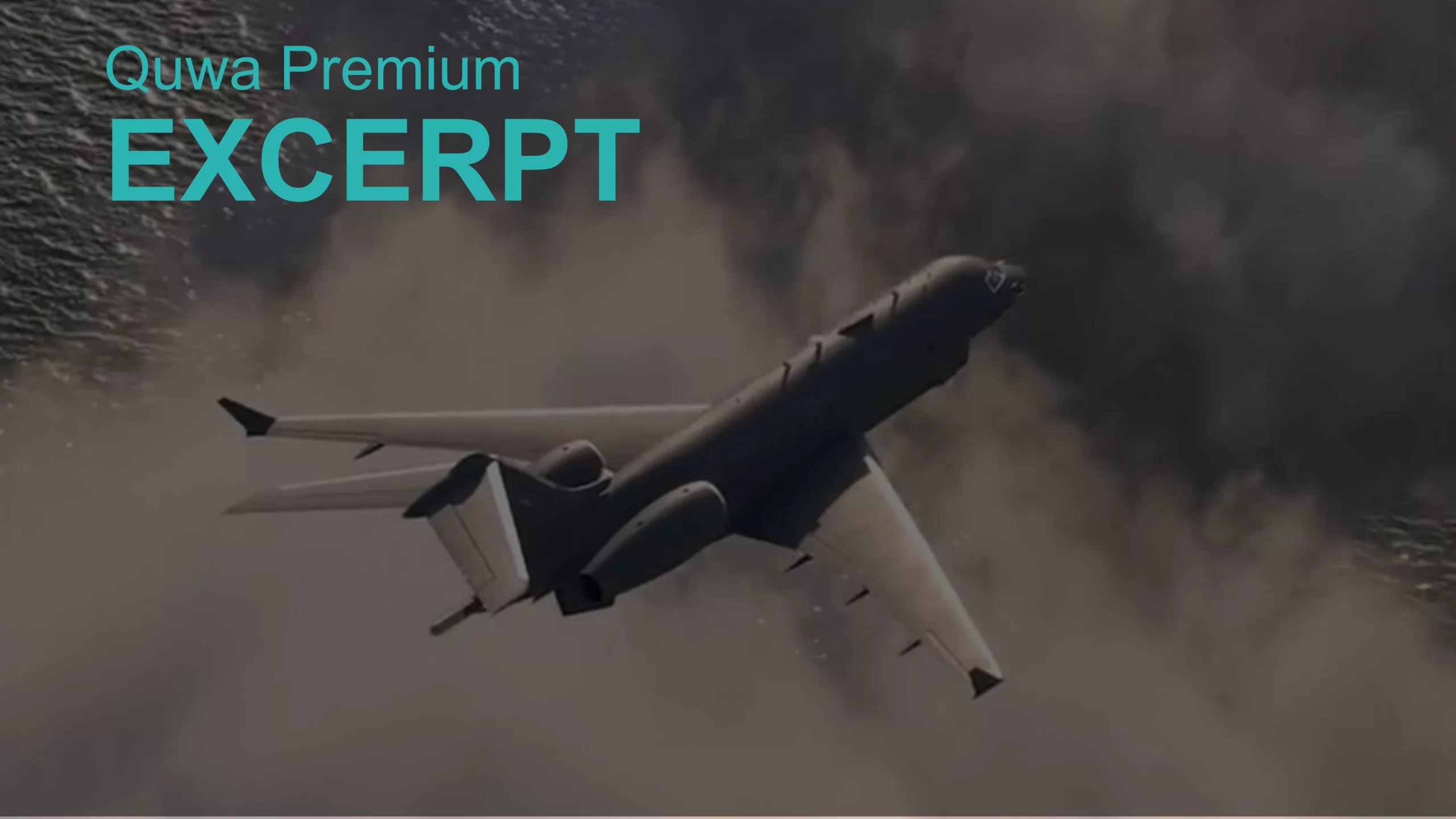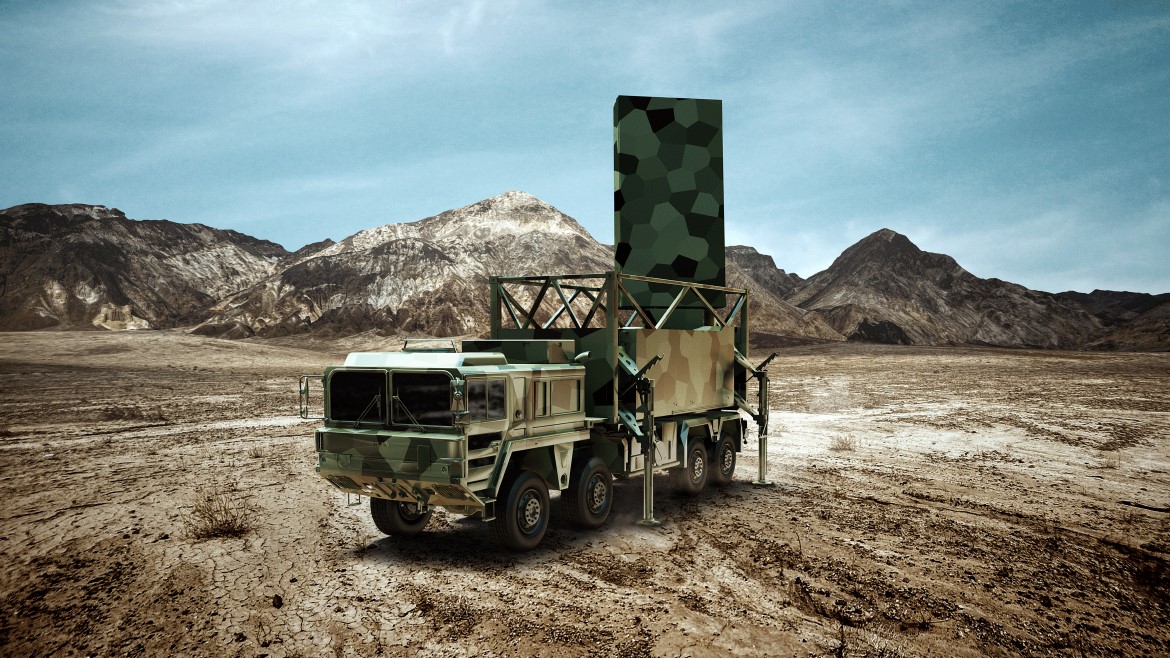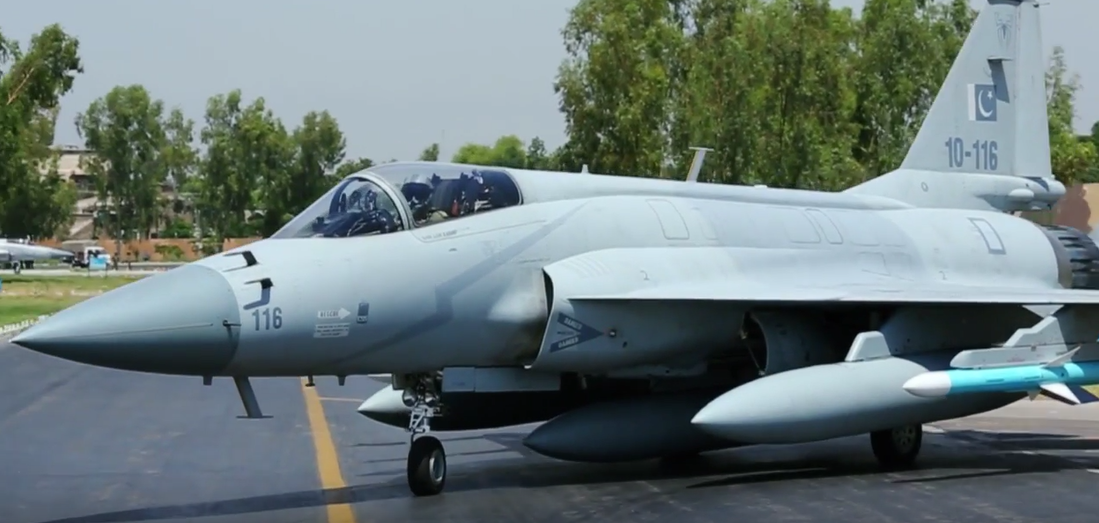2972Views

New MPA Solutions Look to Take on Boeing P-8A Poseidon
Today, the Boeing P-8 ‘Poseidon’ dominates the market of next-generation maritime patrol aircraft (MPA). Based on the Boeing 737-800 ERX airliner, the P-8 is in service with the United States Navy (USN) as well as five additional operators, with two more awaiting orders and one potentially signing a contract soon.
To date, Boeing has manufactured 156 P-8A and P-8Is. However, in 2025, Boeing may close the Poseidon’s production line as it nears delivering the final batch of P-8s for the USN. Of course, additional orders from overseas customers could extend the P-8’s run into the 2030s.
Boeing projects a potential market for around 75 additional P-8As. The majority of these prospective users would likely be existing P-8 operators as well as current P-3C users, such as Canada, among others.
However, a number of current P-3C operators – such as Pakistan, Brazil, or Argentina – are unlikely to buy P-8As. They either cannot afford it, or they will never gain the necessary approvals from the U.S. to ever access it. Thus, Boeing will not address the entire market in need for next-generation MPAs. In fact, it may not even engage the majority of such users, especially when cost is factored into the equation.
Thus, several defence vendors are now actively working to develop more accessible MPAs to enable these countries to replace their legacy aircraft. Currently, there are three MPA programs in development, and, interestingly, each system responds to a distinct need.
Kawasaki P-1
Kawasaki Aerospace Company designed the P-1 from the ground up in response to the needs of the Japan Maritime Self-Defense Force (JMSDF). The JMSDF sought a new-generation MPA to replace its large P-3C fleet which, interestingly, Japan had built under license domestically.
The Kawasaki P-1 is an original platform. Unlike any of the other options, it was not based on an existing airliner. Like the P-3C, the P-1’s design was centered on carrying a comprehensive sensor suite, delivering a significant level of range and endurance, and a robust payload for both anti-ship warfare (AShW) and anti-submarine warfare (ASW). Like the P-8A, the P-1 offers a smooth capability transition for P-3C users who are looking to retain the Orion’s range, endurance, and mission payload capabilities…
End of excerpt. Subscribe to Quwa Premium to read the rest of this section.
Sea Sultan Long-Range Maritime Patrol Aircraft (LRMPA)
The Pakistan Navy (PN) has a requirement for 10 new long-range maritime patrol aircraft (LRMPA) to both complement and, eventually, supplant its P-3C fleet. In 2020, the PN opted for an original LRMPA project based on the Embraer Lineage 1000. In 2021, the PN signed deals with Leonardo and Paramount Group to source key inputs and carry out the modification and integration work.
Neither the PN nor its contractors have revealed the specifications of this LRMPA (dubbed “Sea Sultan”). However, given that the project’s scope centers on modifying existing aircraft, one could look at the Saab Swordfish as a benchmark for the Sea Sultan, at least in some respects…
End of excerpt. Subscribe to Quwa Premium to read the rest of this section.
PAL Aerospace P-6 Multi-Mission Patrol Aircraft (MMPA)
Like the Saab Swordfish, PAL Aerospace is basing its MPA solution on the Global Express 6000-series, but specifically the newer Global 6500. Like the Swordfish and Sea Sultan, the P-6 draws on commercially off-the-shelf (COTS) sensors and electronics. Interestingly, PAL Aerospace made a firm commitment towards securing a magnetic anomaly detector (MAD), which is not surprising considering Canada is one of the key suppliers of that technology…
End of excerpt. Subscribe to Quwa Premium to read the rest of this section.
End of Excerpt (546 / 1,547 words)
You can read the complete article by logging in (click here) or subscribing to Quwa Premium (click here).
For more defense news, check out:


